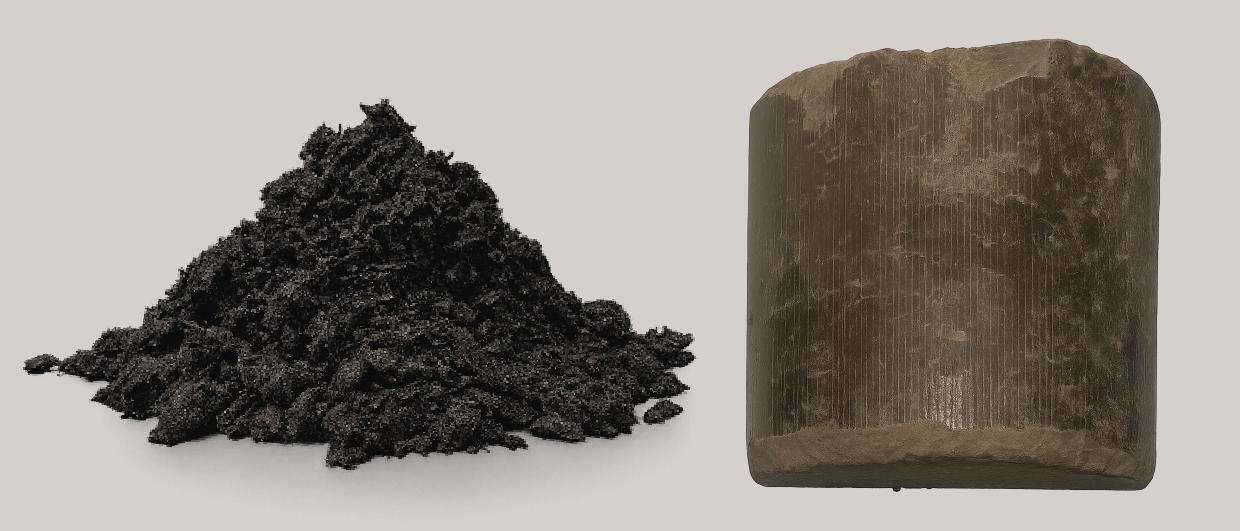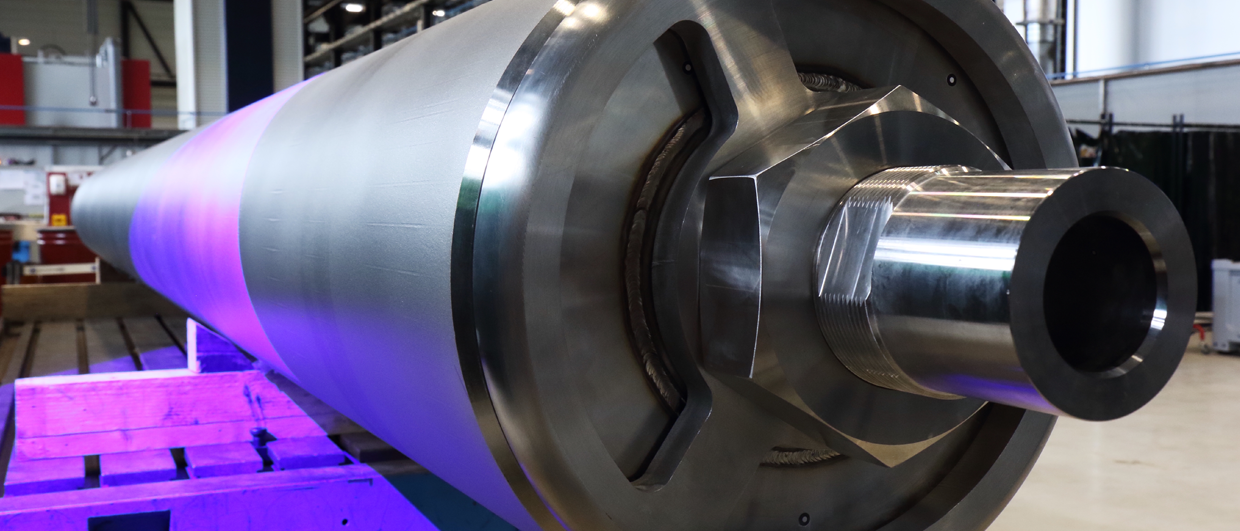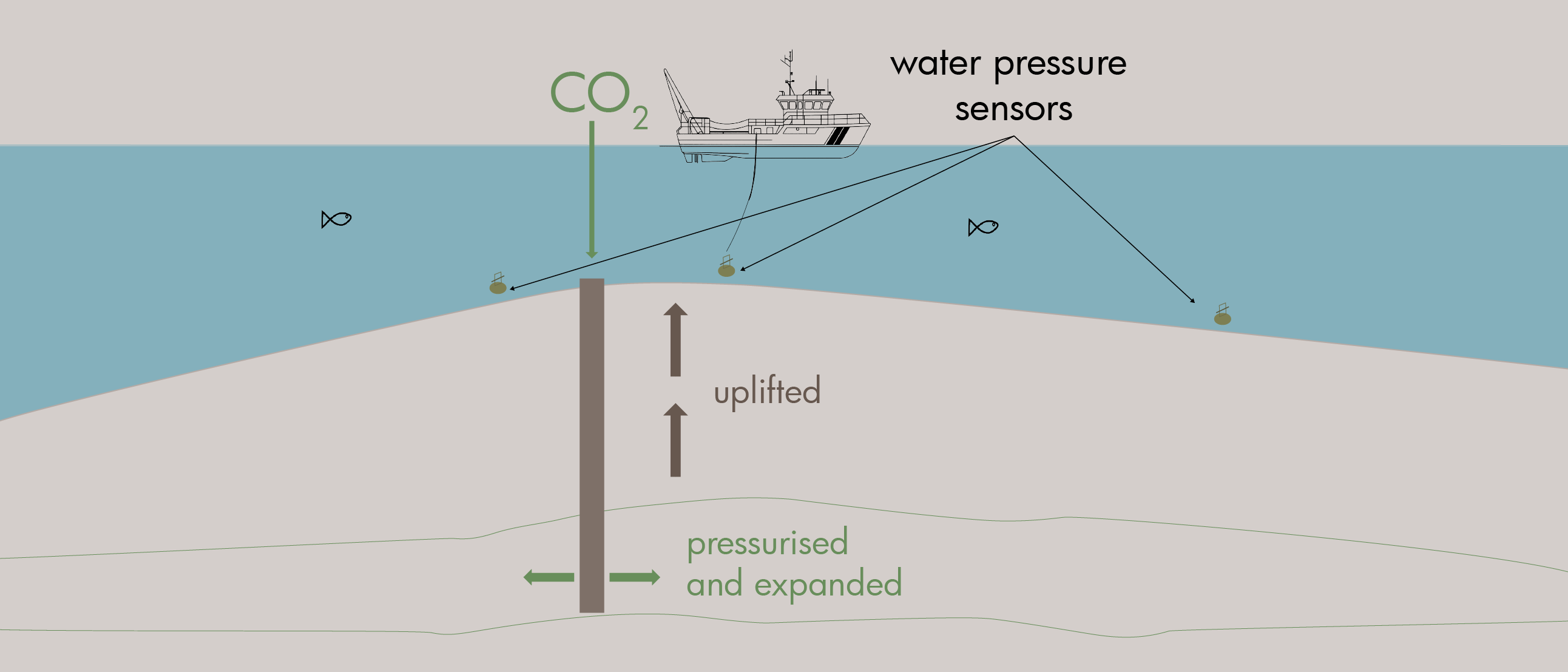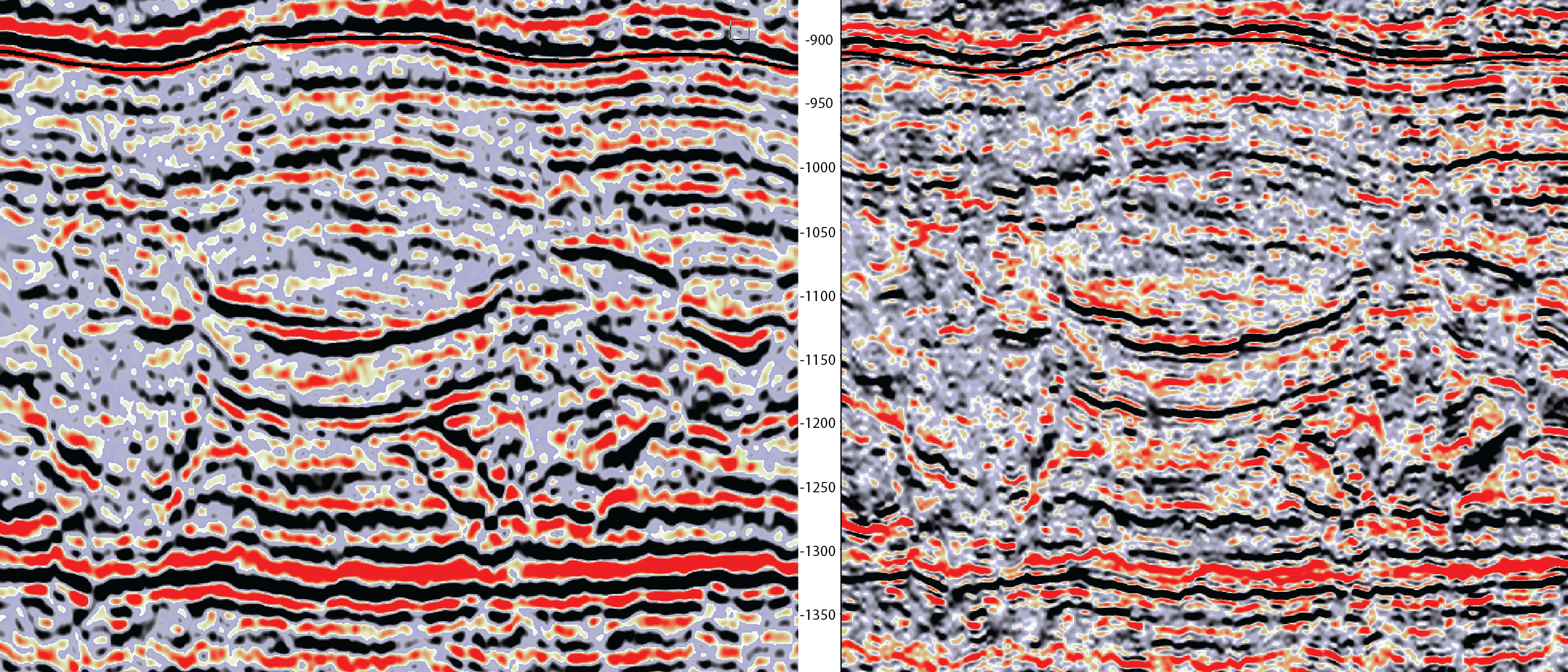“We started as a project when Swiss supermarket concern Migros wanted to find a solution to process its food waste in a carbon-neutral way,” says geologist Tim Baars from Recoal. “The work we did for Migros ultimately led to the launch of our start-up in 2023.”
The idea of Recoal centres around the BiCRS concept, which stands for Biomass Carbon Removal and Storage. Many different processes fall under the BiCRS umbrella, ranging from simply pumping sewage slush in a subsurface reservoir to creating Biochaa form of anthracite – through pyrolysis of organic waste and subsequently storing it on agricultural fields.
“What we do at Recoal is yet another process, called hydrochar, which is based on the concept of hydrothermal carbonisation,” explains Tim. “The advantage of this methodology is that we can use wet-waste products as an input, saving energy in comparison to processes that need dried input products. Using a pressure vessel at high temperature, we arrive at a substance between lignite and bituminous coal when looking at the organic maturity.”
The big advantage of using the hydrochar methodology is that the carbon concentration is much higher than when you would use unprocessed sewage sludge, and it is much more stable at the same time. In addition, it is an exothermal process, so once the pressure vessel is in operation, no more energy input is required to make sure the operation continues. If the installation is of a sufficient size, the heat generated during the process could even be used for other purposes.
Once the coal has been generated, the storage aspect kicks in.
“Abandoned mines or salt caverns are likely candidates,” says Tim. “This already happens with fly ash, for instance. We also looked at the possibility of storing our coal in abandoned quarries or pits, even though some more remediation might be required in those cases because of the closer proximity of the material to groundwater and air. But regardless of where our coal ends up, monitoring will always be part of our strategy to ensure permanent storage. This will be done through gas or groundwater sampling.”
A clear advantage of the hydrochar methodology is the storage efficiency. “We estimate that we can store up to a ton of CO2 per cubic meter, whilst CO2 storage ranges between 600 and 800 kg in the same volumetric unit. That means we need significantly less space to store the same amount of carbon,” Tim concludes.
The company plans to order the first demonstration plant in the months to come, with first production of coal in 2026. With this installation, the aim is to process 1,000 tonnes of CO2 per year, with further upscaling to 1 Mt/year per plant in the longer term.





